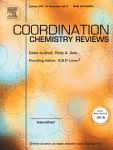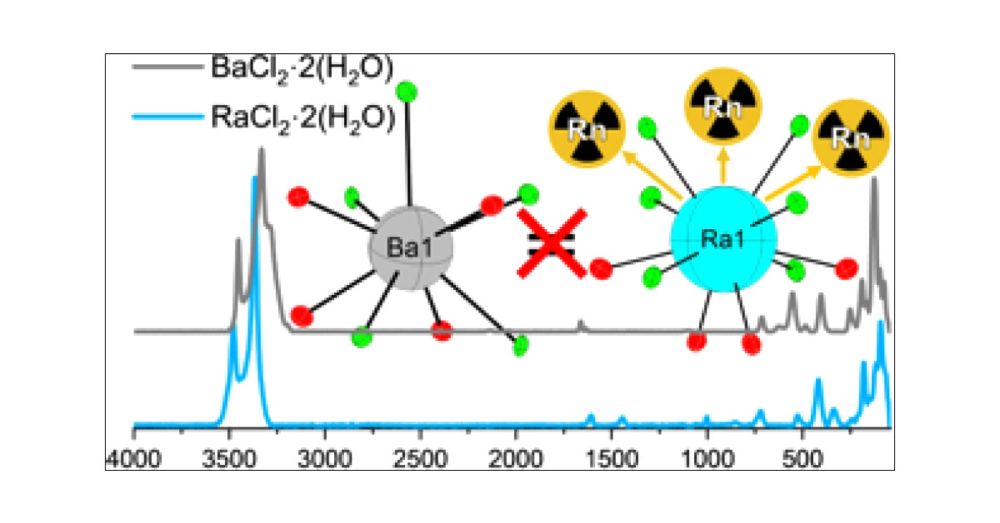

pubs.acs.org/doi/10.1021/...

pubs.acs.org/doi/10.1021/...
pubs.acs.org/doi/10.1021/...

pubs.acs.org/doi/10.1021/...
pubs.rsc.org/en/content/a...

pubs.rsc.org/en/content/a...
pubs.acs.org/doi/full/10....

pubs.acs.org/doi/full/10....
pubs.acs.org/doi/abs/10.1...

pubs.acs.org/doi/abs/10.1...
OUR DCM!
#ChemSky

OUR DCM!
#ChemSky

